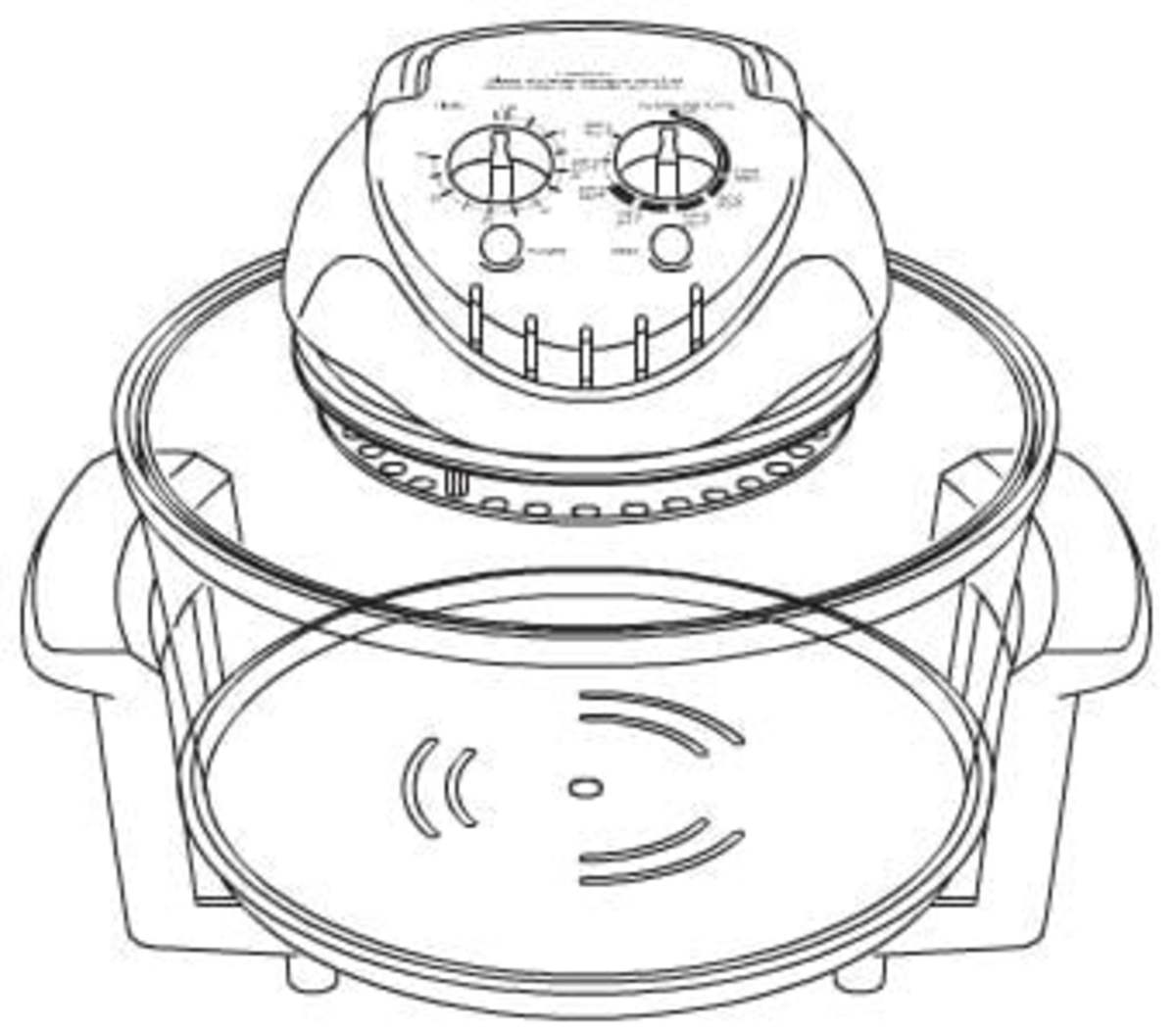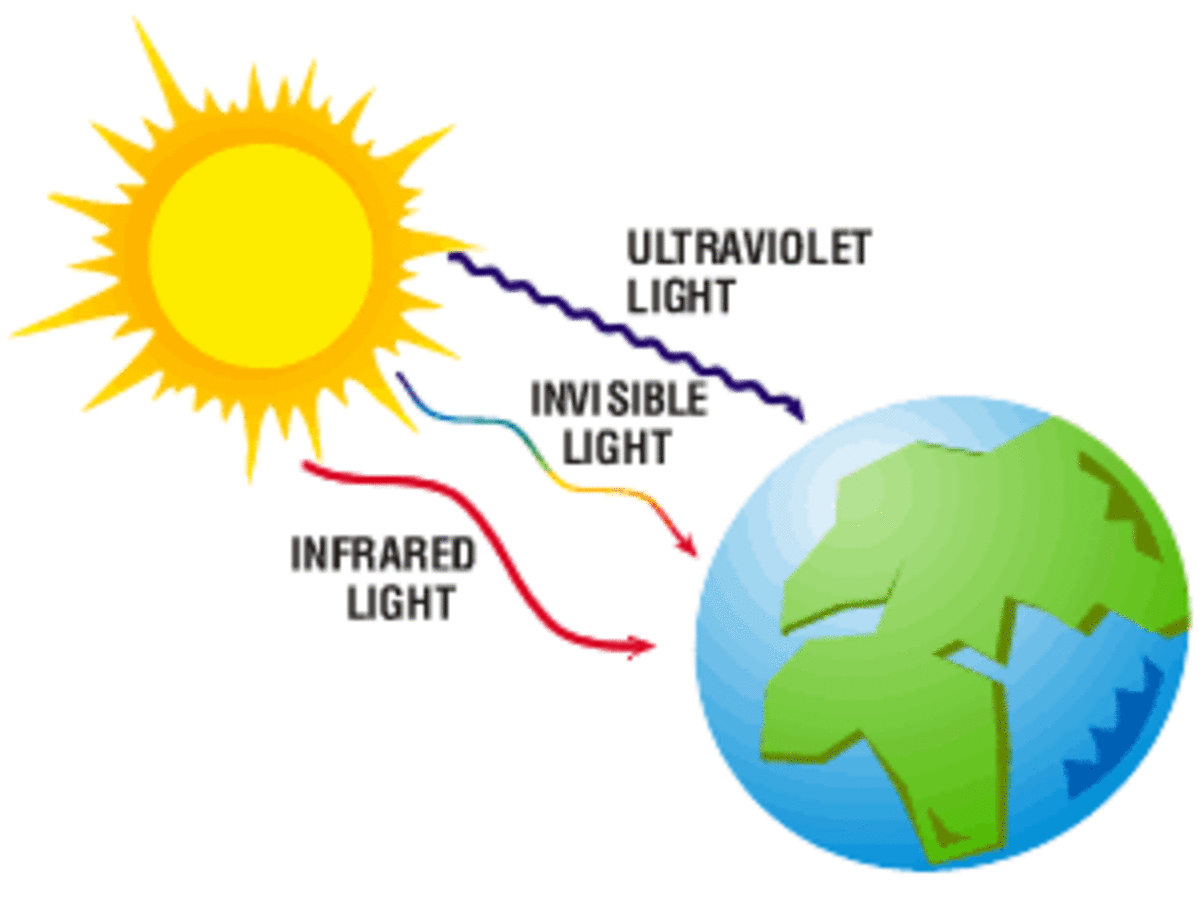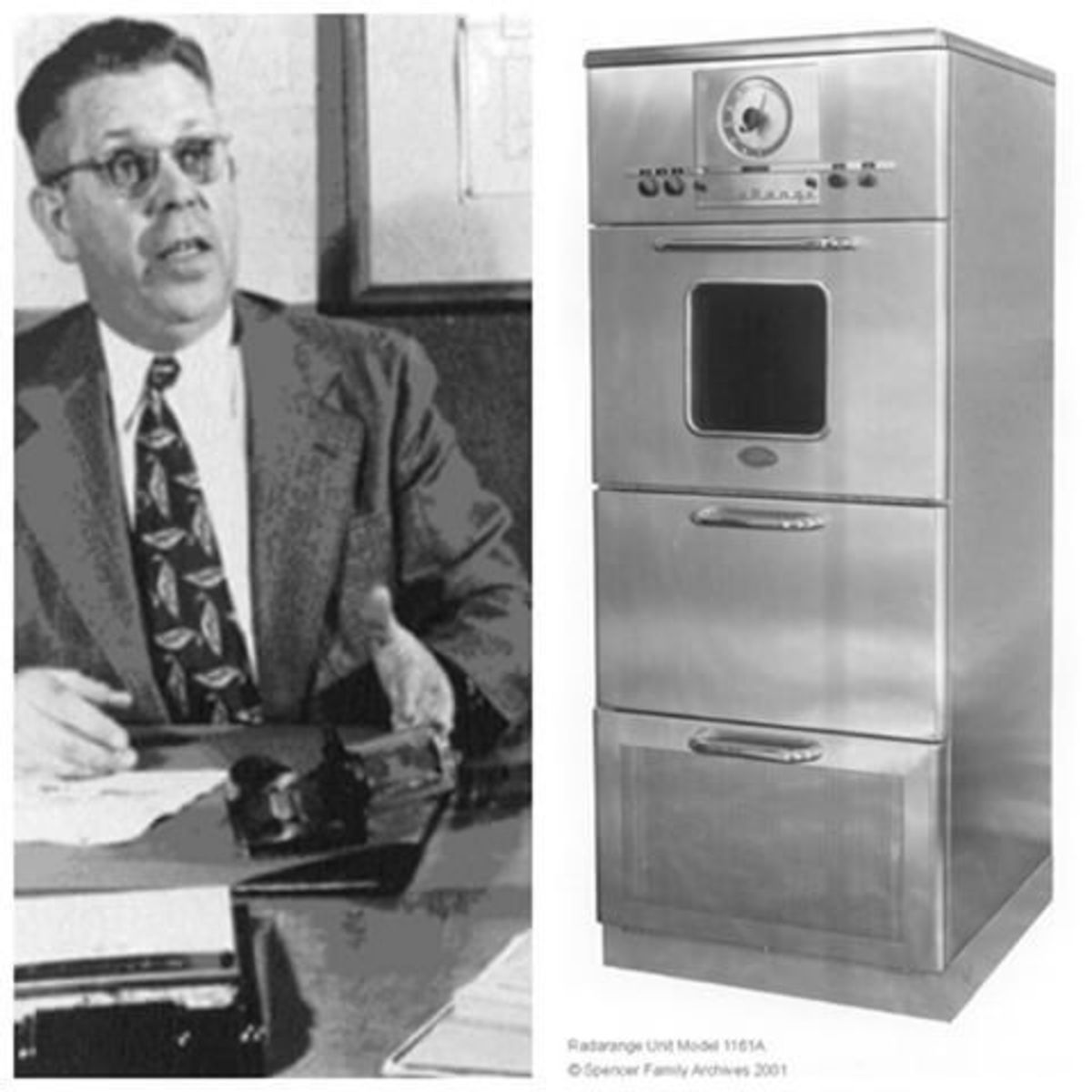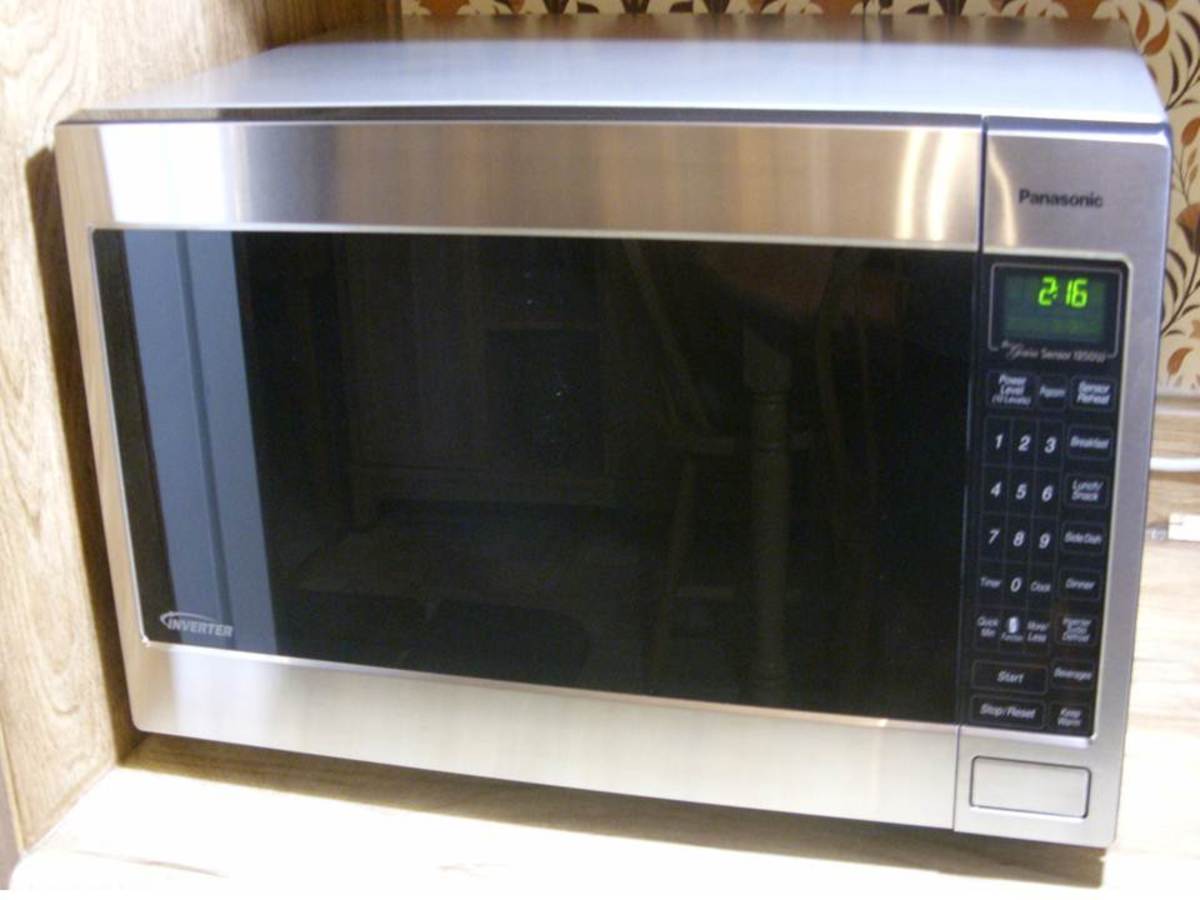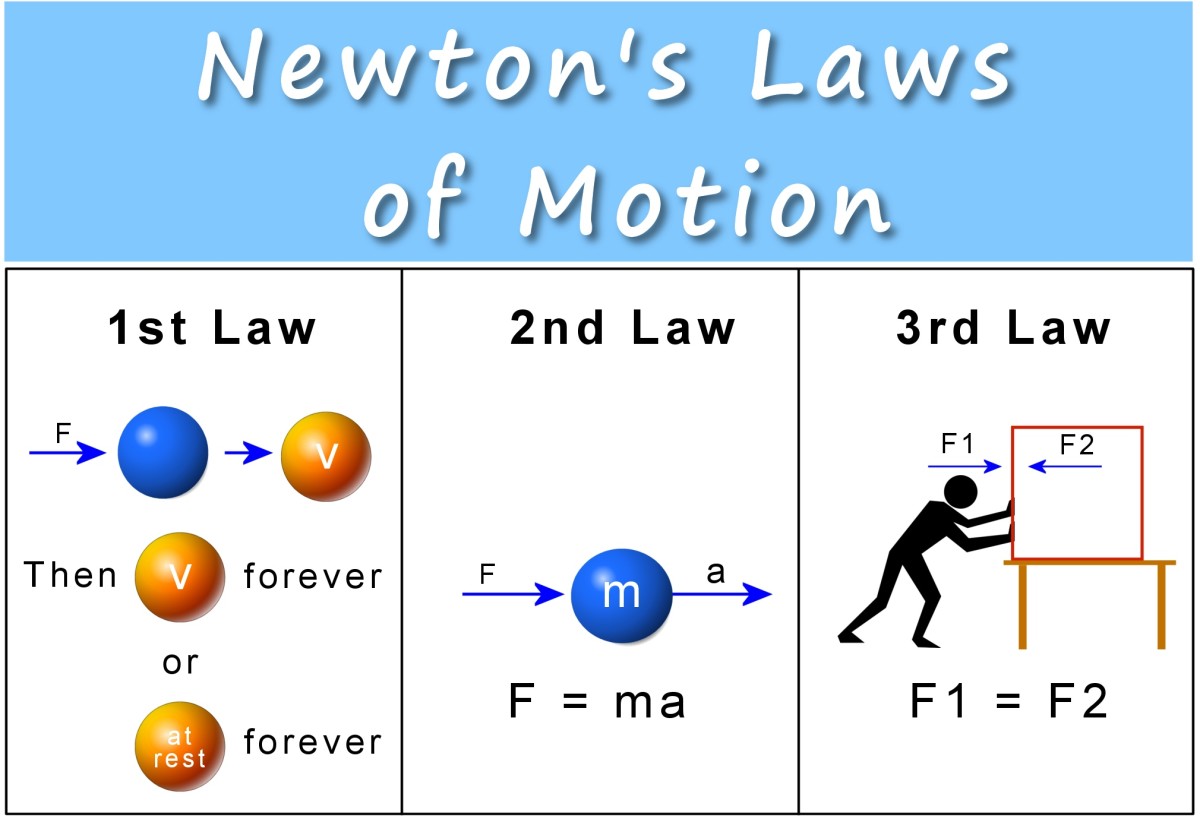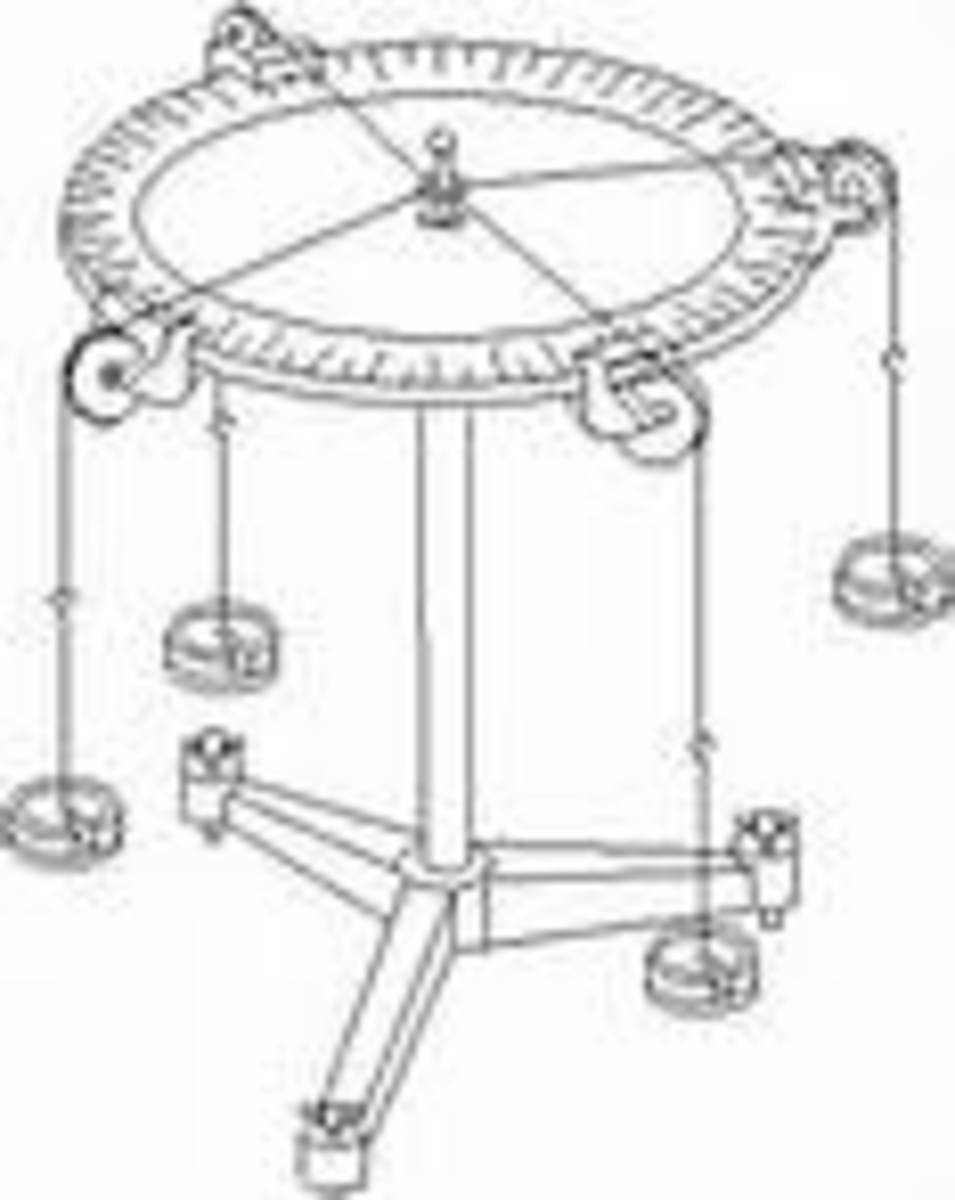Microwave Ovens and Microwave Cooking Science
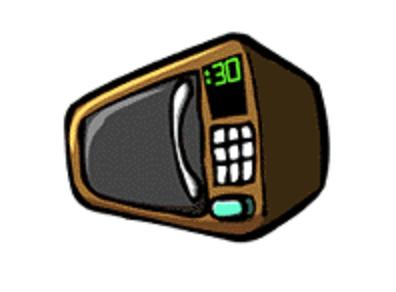
By Joan Whetzel
Microwave ovens - we all have them in our kitchens. Many of us use them daily to speed up the cooking process and get us out of the kitchen a little faster. But does anybody really know how they cook our food?
What Are Microwaves?
To begin with, microwave ovens use microwaves, a part of the electromagnetic spectrum. These waves are large radiation waves that are spread widely apart (low frequency). The microwaves have a spacing between peaks that ranges from 1 to 10 kilometers and are used for radio broadcasting. The visible light waves of the electromagnetic spectrum (the part we see) range from 300 to 650 nanometers apart. So the visible part of the spectrum has a higher frequency than the microwave portion of the electromagnetic spectrum.
What Are Microwave Ovens?
Microwave ovens generate and control the production of microwave energy to heat and cook foods, using a mixture of electrical circuits and mechanical devices. Microwave oven systems are divided into two basic parts: the control section and the high-voltage section.
The Control Section - The control system contains an electronic or electromechanical timer (triac), a system that controls the amount of power that the oven puts out (control circuit), various interlock mechanisms and several protection devices.
The High-Voltage Section - The part of the oven is a transformer - much like the electrical transformers out on the telephone poles, but on a smaller scale. This area of the microwave oven takes the power that comes into the house (115 volts), and stepping it up to a higher voltage (3000 volts), which is then changed to microwave energy.
Most microwave ovens nowadays have a turntable that rotates the food for more even heating. In the early days of microwave ovens, the food had to be rotated manually periodically several times during the cooking process in order to achieve the same effect. If the food wasn't turned, the oven would create hot spots, and the food would end up with some burned places and some areas that were cold or still frozen.
Microwave Cooking - The Basic Concept
Basically what's happening is that the microwaves energize or excite the water molecules contained in most foods. Each water molecule has a positive end and a negative end, like the north and south end of a magnet or the positive and negative end of a battery. The microwaves' electromagnetic field adjust the molecules so that all the positive ends point in the same direction. The electromagnetic field then flips the direction back and forth at a rate of about 4.9 times a second, causing the molecules flip-flop at a high rate of speed. This creates friction, which heats up the water molecules, which in turn, heats up the food.
The oven only heats the food, though, not the glass or plastic containers. Any heat felt in the dishes is a result of heat being transferred from the food to the dish. Also, microwave ovens are constructed so that all of the microwave energy generated stays inside the oven. Once the door is opened or the timer runs out, the oven quits producing and emitting microwaves. How Does a Microwave Oven Work? (Gallawa, J. Carlton) - listed in the bibliography below - discusses the entire electrical pathway in technical terms. Check out that webpage if you're really interested in the technical aspects of microwave oven mechanics.
Dismissing Some Microwave Myths
Over the decades since microwave ovens have been in existence, a few myths about them have cropped up that persist to this day. Here are a few of the myths explained.
1) Microwave ovens cook the food from the inside out. Not True. Since food is partly translucent or transparent to microwaves. That means the energy is allowed to radiate through the food, while at the same time being partially absorbed by it. Much of the heat is delivered to the outer layer of the food - as with meat for instance.. The inner layers of the food get heated by conduction - the heat from the outside radiates to the inside layers). Foods that are mostly water, cook only on the outside (unless stirred part way through the cooking time). Foods containing air as well as water (e.g. bread), allow the microwaves to penetrate all the way through, meaning they get heated inside and out.
2) Placing a fork in the microwave will damage the oven. Not True. Safe use of metals in microwave ovens can be accomplished, but it requires a number of complex steps to prevent fires and avoid undercooked foods. Beyond using these complicated rules for metal use in the microwave, it is generally just considered easier to reject the use of metals when cooking in the microwave.
3) Microwaves give off dangerous radiation. Not True. Yes, microwaves are a form of electromagnetic radiation. Yes, we often use the term "nuking" when referring to cooking food in a microwave oven. But microwave energy is not radiation in the typical sense of radiation in the form that could cause us harm. I'm speaking of gamma rays and x-rays, which are way the heck at the other end of the electromagnetic spectrum. It's better think of radiation as waves that move outward (or radiate) from a center point, like the concentric waves that move outward from the point where a pebble has been tossed into a pond. In the case, the microwaves are a low energy wave whose photons put out less energy than visible light. They radiate waves that have a radiant (warming) effect. Even when we talk or sing, the sounds coming out of our mouth emit "acoustic radiation."
4) Microwave ovens are tuned to a frequency that only heats water. NotTrue. Microwave ovens operate with at a frequency that is much lower than that of water vapor (liquid water doesn't have a resonant frequency) which peak at 10 to 50GHz. Microwave ovens only run at a frequency of 0.9 to 2.4GHz. Microwave ovens were designed to heat many substances besides just water, such as grease, oil or other forms of fat. Any substance considered "polar" will have its positive and negative ends flip-flopped by the microwave photons. It's the vibrating electrical field produced by the microwaves that excites the oil and water molecules, thereby heating the food.
Microwave Safety
But if you're still afraid of having health problems from your microwave leaking energy, there are a few simple ways to detect if the oven is, in fact, leaking microwaves.
· Holding a fluorescent tube next to the edges of a microwave oven door while it's running will excite the fluorescent material in the light bulb making it glow. Performing this test with the lights off will make a slightly glowing light bulb more easily visible. This test only works for larger.
· If you're still concerned, microwave leakage detectors are available at a reasonable cost. Try holding the detector near a cell phone (which use microwaves in the GHz frequency range) in use to get a rough estimate of safe microwave levels. If your microwave ovens that "leak" less than your cell phone, then don't worry, you're safe.
Speaking of that, how can you tell if your microwave oven is safe? There's one simple
Bibliography
Appliance Assistant. How a Microwave Works. Downloaded 1/15/12. http://www.applianceassistant.com/repair/how_microwaves_work.php
Beaty, William. Science Hobbyist. Unwise Microwave Experiments. Downloaded 1/15/12. http://amasci.com/weird/microwave/voltage3.html
Gallawa, J. Carlton. Microtech. How Does a Microwave Oven Work? Downloaded 1/15/12. http://www.gallawa.com/microtech/how_work.html


